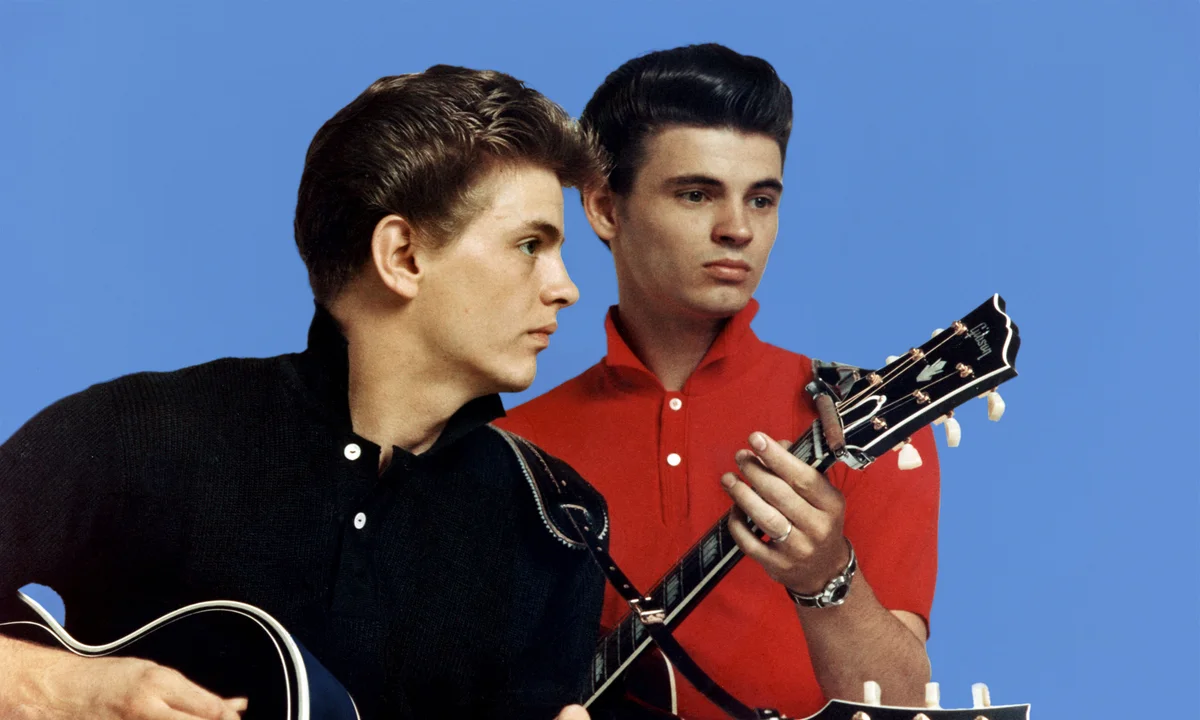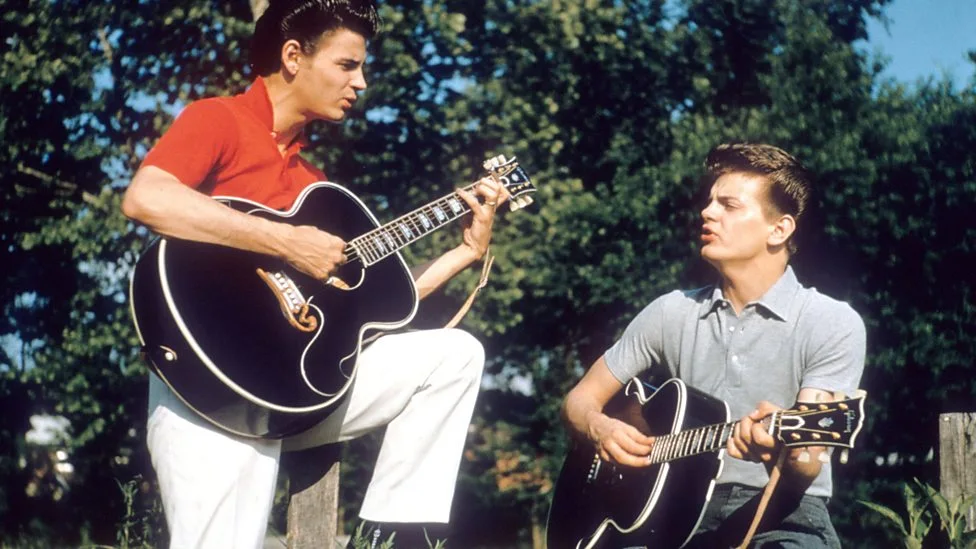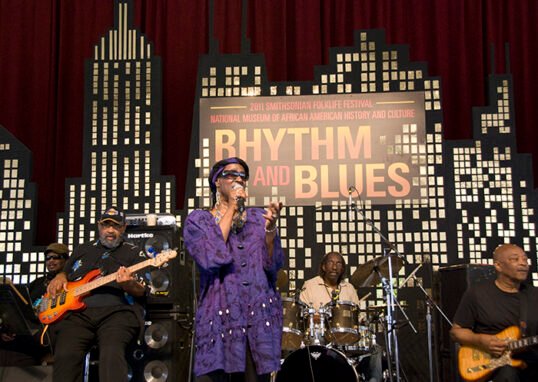
Rock music, a genre that first emerged in the 1950s, has demonstrated remarkable resilience and adaptability over the decades. From its roots in the energetic rhythms of early rock ‘n’ roll to the diverse and technologically advanced landscape of today, rock music has continuously evolved to reflect and influence societal changes. This article delves into how rock music has adapted to changing times, exploring the technological, cultural, and musical shifts that have shaped its journey.
Early Influences and the Birth of Rock
The Birth of Rock ‘n’ Roll
Rock music began its journey in the 1950s with the rise of rock ‘n’ roll, a genre that fused rhythm and blues with country music. Pioneers like Elvis Presley, Chuck Berry, and Little Richard introduced energetic performances and a rebellious spirit that resonated with youth. This early phase established rock music as a cultural force, challenging societal norms and introducing a new sound that captivated audiences.
Technological Innovations
The 1960s saw significant technological advancements that influenced rock music’s development. The introduction of electric guitars and amplifiers allowed for greater volume and distortion, contributing to the genre’s distinct sound. The use of multi-track recording techniques also enabled artists to experiment with new sounds and production methods, leading to the creation of iconic albums like The Beatles’ “Sgt. Pepper’s Lonely Hearts Club Band.”

The Rise of Subgenres and Cultural Shifts
The Birth of Subgenres
As rock music evolved, it began to diversify into various subgenres. The 1970s witnessed the emergence of hard rock, punk rock, and progressive rock. Bands like Led Zeppelin and Black Sabbath pioneered hard rock with heavier guitar riffs and powerful vocals. Meanwhile, punk rock, with bands like The Ramones and The Sex Pistols, introduced a raw, rebellious sound that challenged the established norms of rock music.
Cultural Shifts and the Impact of MTV
The 1980s brought about a cultural shift with the rise of MTV, which revolutionized how music was consumed and marketed. The music video became a crucial medium for promoting rock bands, and the visual aspect of performances became as important as the music itself. This era saw the emergence of glam rock, with bands like Def Leppard and Bon Jovi, who embraced elaborate stage shows and fashion.
The Digital Revolution and the Internet Age
The Impact of Digital Technology
The 1990s and 2000s marked the beginning of the digital revolution, which had a profound impact on rock music. The advent of digital recording technology and the rise of home studios allowed artists to produce high-quality music without the need for expensive studio time. This democratization of music production led to the emergence of new rock subgenres and a more diverse range of sounds.
The Role of the Internet and Streaming
The internet and streaming platforms have reshaped how rock music is distributed and consumed. Platforms like Spotify, Apple Music, and YouTube have made it easier for artists to reach a global audience and for fans to access a vast library of music. The rise of social media has also allowed rock bands to connect with their audience in new and innovative ways, fostering a direct relationship between artists and fans.
Contemporary Trends and Future Directions
Fusion and Genre Blending
In recent years, rock music has continued to evolve by incorporating elements from other genres. Bands like Imagine Dragons and Twenty One Pilots blend rock with electronic, pop, and hip-hop influences, creating a hybrid sound that appeals to a broader audience. This genre-blending reflects the genre’s adaptability and its ability to stay relevant in a rapidly changing musical landscape.
The Rise of Independent and DIY Artists
The rise of independent and DIY artists has also impacted the rock music scene. With the ease of self-publishing and the availability of online platforms, many artists are choosing to forgo traditional record labels and release their music independently. This shift has led to a more diverse and dynamic rock music scene, with a greater emphasis on artistic freedom and innovation.
Conclusion
Rock music has demonstrated remarkable adaptability throughout its history, evolving with technological advancements, cultural shifts, and changing musical trends. From the early days of rock ‘n’ roll to the genre’s current state of diversification and innovation, rock music has continuously reinvented itself while maintaining its core essence. As technology continues to advance and new trends emerge, rock music will undoubtedly continue to evolve, reflecting and shaping the times.






